يحاول ذهب - حر
TUNING OPTIMIZED
February 2024
|Hot Rod
VARIABLES WITHIN FUEL-INJECTOR CONSTRUCTION CAN LEAD TO POOR ENGINE OPERATION. HERE'S HOW TO TUNE YOUR FUEL INJECTORS.

It's safe to say that performance enthusiasts have embraced electronic fuel injection. That's not to say that carburetors can't do the job, but Detroit hasn't rolled a new car off the assembly line with a carburetor in almost 40 years. Since then, we have seen the evolution of EFI systems move from crude to precise in their control of fuel metering and ultimately the air/fuel ratio seen by the spark plug in the cylinders.
The fuel injectors themselves have also evolved. Not only has their physical size diminished enough to allow some creative placement options in the intakes, but manufacturers also offer flow rates that enable us to make amazing amounts of horsepower with just a single injector per cylinder. I fondly remember my early days of playing with fuel injection in the late '90s, when a 42 lb/hr (roughly 440cc/min) injector flow rate was considered "big"-I have more recently tested direct-replacement options for many port-injection applications that deliver over 286 lb/hr (3000cc/min), depending on the pressure being used.
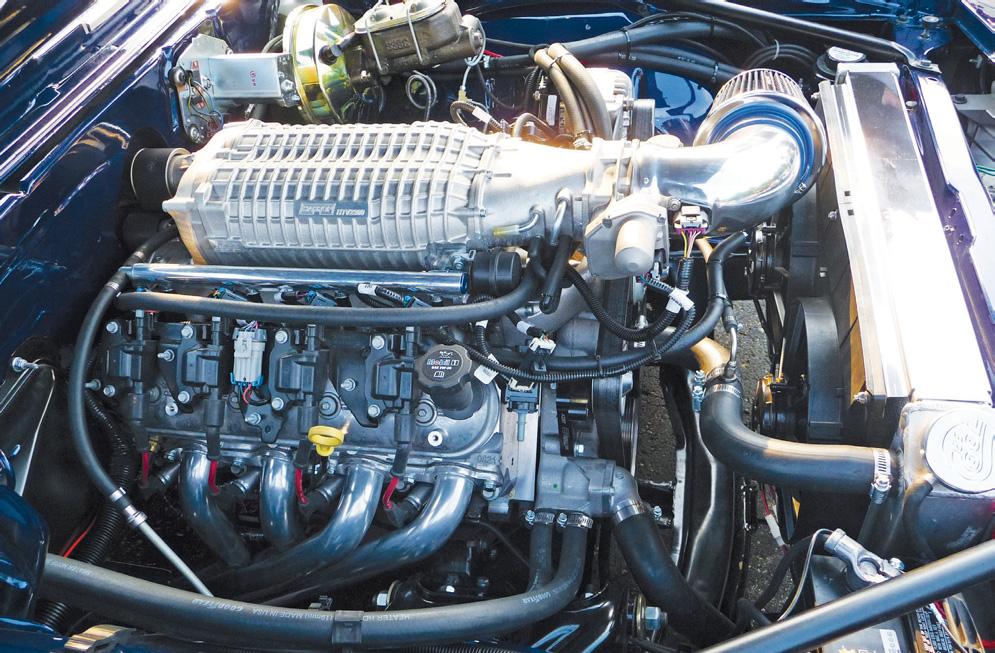
هذه القصة من طبعة February 2024 من Hot Rod.
اشترك في Magzter GOLD للوصول إلى آلاف القصص المتميزة المنسقة، وأكثر من 9000 مجلة وصحيفة.
هل أنت مشترك بالفعل؟ تسجيل الدخول
المزيد من القصص من Hot Rod
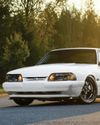
Hot Rod
The Birth of Modern Street Performance
As horsepower increased and EFI entered the chat, the Fox Body Mustang, third-gen Camaros, and G-Bodies laid the foundation for the modern muscle car movement.
2 mins
Winter 2025
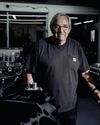
Hot Rod
UNRELENTING KEN DUTTWEILER AND HIS LIFELONG QUEST FOR HORSEPOWER
In the horsepower game, whether it be for racing or just street cars, there are hundreds of engine builders.
7 mins
Winter 2025

Hot Rod
TRAGEDY AND TRIUMPH
2025 SPEED WEEK WAS A DEVASTATING ROLLERCOASTER RIDE OF EMOTIONS
7 mins
Winter 2025

Hot Rod
BULLETPROOF
GEARSTAR BUILDS A SUPER-TOUGH TURBO 400 FOR ALEX TAYLOR'S 6-SECOND, 3,000-HP '55 CHEVY
2 mins
Winter 2025

Hot Rod
Charitable Events and Unfortunate Timing
Bonneville Speed Week is a few days behind me, but I'm still struggling with the emotions of the trip.
3 mins
Winter 2025
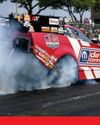
Hot Rod
THE NEXT CHAPTER
Dodge revealed its long-anticipated ICE-powered Charger Scat Pack, which features a twin-turbocharged 550-hp Sixpack inline-six engine.
2 mins
Winter 2025

Hot Rod
AMERICA'S FASTEST STREET CAR: NED DUNPHY'S 2013 DODGE VIPER
A SMOOTH AND CONSISTENT WEEKLONG ADVENTURE DELIVERS THE OVERALL CROWN AND NEW ET BENCHMARK FOR NED DUNPHY
2 mins
Winter 2025
Hot Rod
PROOF OF CONCEPT
RIDETECH BACKS UP THE TALK BY BUILDING AN 800-HP IRS-EQUIPPED 1985 FOX MUSTANG USING ITS NEW SUSPENSION SYSTEMS.
4 mins
Winter 2025

Hot Rod
WARNING BLACK HOLE THE PERFECT
AV-8, TWICE-TURBOCHARGED 1987 BUICK GRAND NATIONAL BUILT BY DUTCHBOYS HOTRODS AND PACKING AN ENTIRE GENERATION OF HOT ROD DETAILS AND PERFORMANCE
3 mins
Winter 2025
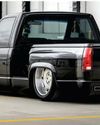
Hot Rod
SLAM DUNK!
THE ROADSTER SHOP TEACHES AN OLD DOG SOME NEW TRICKS WITH THIS SLAMMED AND UPDATED '90S-VIBE OBS CHEVY TRUCK
4 mins
Winter 2025
Translate
Change font size
